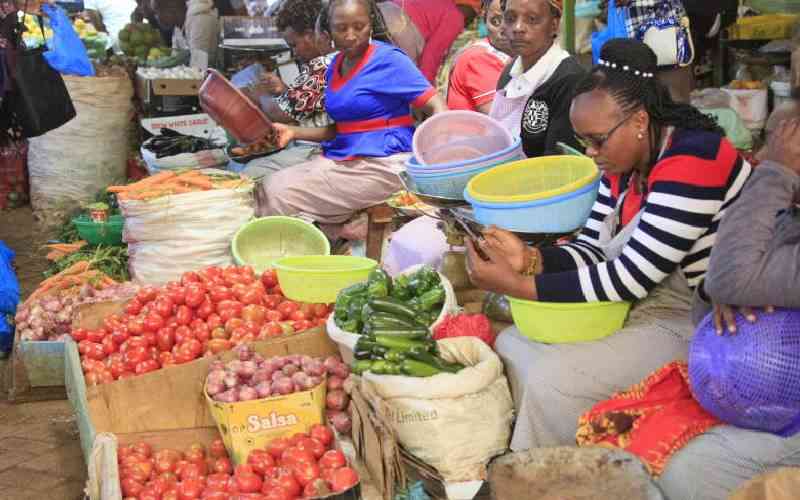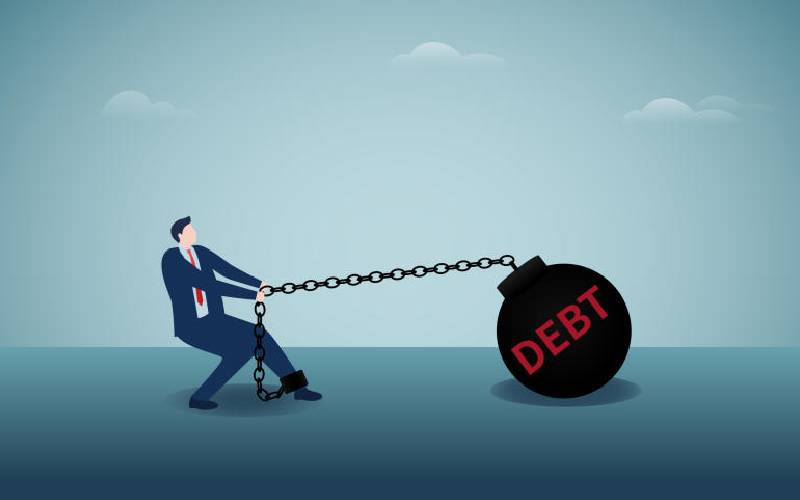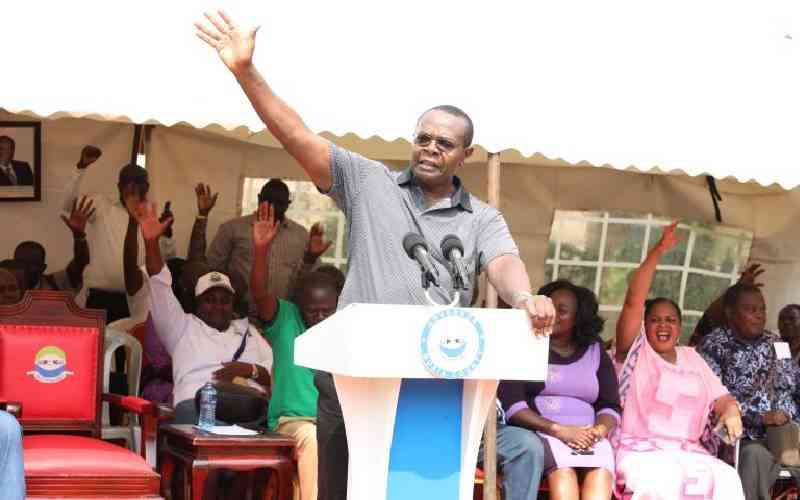It has been a rough year for the West African countries most affected by the Ebola virus that has ravaged their communities and crippled their economies, disrupting agriculture and trade.
Forecast to lose a combined $1.6 billion (Sh163.2 billion) in predicted economic growth in 2015, the people of Guinea, Liberia and Sierra Leone breathed a collective sigh of relief when the International Monetary Fund (IMF) forgave a combined $100 million (Sh10.2 billion) in loans, shortly after disbursing $130 million (Sh13.3 billion) in aid last September. The intention was to free up funds for relief and recovery efforts.
But with the need to overhaul their health systems, these countries are once again accumulating debt — like the $160 million (Sh16.3 billion) interest-free loan awaiting approval by the IMF executive board.
The acquisition of new debt is an emerging pattern among beneficiaries of the world’s most comprehensive debt reduction programme to date. The 1996 Heavily Indebted Poor Countries (HIPC) Initiative, supplemented by the 2005 Multilateral Debt Relief Initiative, has helped 35 sub-Saharan African countries cancel $100 billion (Sh10.2 trillion) in external debt.
These internationally co-ordinated relief programmes, managed by the World Bank, IMF and the African Development Bank, were designed to find a sustainable solution to Africa’s debt burden.
Social spending
No longer forced to divert scarce resources to repay costly loans amassed during the Cold War period by corrupt and repressive regimes, the poorest and most indebted countries on the continent were able to lower their public debt and increase social spending by almost 3.5 per cent of their gross domestic product between 2001 and 2012, the World Bank and IMF claim.
For example, Benin used its savings from debt to invest in rural primary health care and HIV programmes. Tanzania abolished primary school fees and Mozambique began offering free immunisation to children.
Freeing up additional resources for development was another aim of the HIPC initiative. However, a lot of the money forgiven was already tied up in arrears, meaning it was owed but had not yet been reimbursed, so there was no new cash flow and no real savings in terms of resources.
In some countries, the write-off just helped mop up overdue debt. And while the initiative did erase most of the foreign debt of these countries, it did not clear all of it.
What the whole process did achieve, according to Marcelo Guigale, a World Bank director, was instilling “discipline” that came in handy when the price of oil, gas and minerals climbed in the mid-2000s and the technologies to look for these natural resources got better.
To qualify for debt cancellation, countries had to be transparent in their operations and open to scrutiny, and they had to monitor and report their poverty reduction strategies, invest savings into social programmes and refrain from accumulating expensive debt.
Which is why, according to Mr Guigale, African governments had “more money to spend and new offers to borrow — this time from private bankers.”
 The Standard Group Plc is a
multi-media organization with investments in media platforms spanning newspaper
print operations, television, radio broadcasting, digital and online services. The
Standard Group is recognized as a leading multi-media house in Kenya with a key
influence in matters of national and international interest.
The Standard Group Plc is a
multi-media organization with investments in media platforms spanning newspaper
print operations, television, radio broadcasting, digital and online services. The
Standard Group is recognized as a leading multi-media house in Kenya with a key
influence in matters of national and international interest.
 The Standard Group Plc is a
multi-media organization with investments in media platforms spanning newspaper
print operations, television, radio broadcasting, digital and online services. The
Standard Group is recognized as a leading multi-media house in Kenya with a key
influence in matters of national and international interest.
The Standard Group Plc is a
multi-media organization with investments in media platforms spanning newspaper
print operations, television, radio broadcasting, digital and online services. The
Standard Group is recognized as a leading multi-media house in Kenya with a key
influence in matters of national and international interest.






